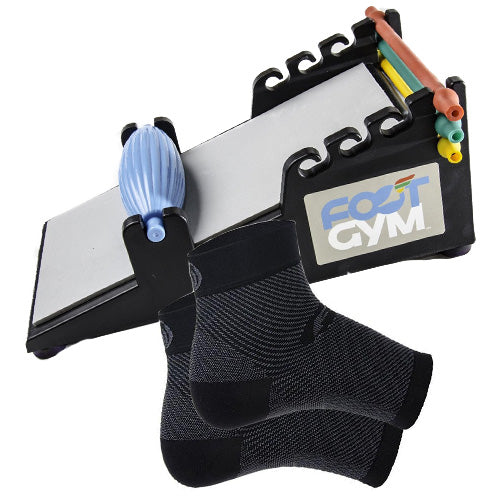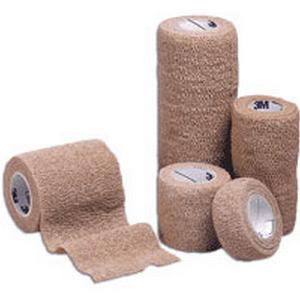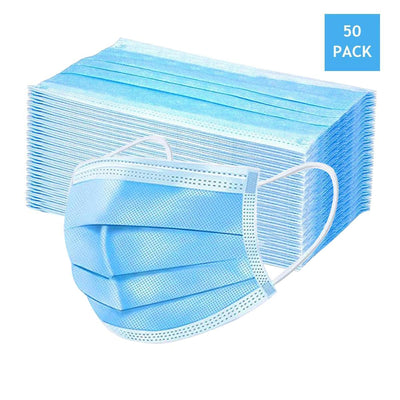Prostate Cancer surgery and the recovery time following the operation, can be tough on your body. Often times, a urinary catheter may be needed to void the bladder completely through the healing process. Catheter associated urinary tract infections, or CAUTIs, are often a result of having an indwelling catheter, although intermittent catheters can quickly become a source of CAUTIs if used incorrectly. This type of infection is actually the most commonly seen issue associated in healthcare; in fact, CAUTIs make up more than 30% of the reported infections in acute-care hospitals. Here are some ways you can avoid contracting a urinary tract infection from your catheter.
Personal Hygiene
Before you insert your catheter, you have to ensure your hands are clean. Be sure to thoroughly wash your hands with an antibacterial soap for at least twenty seconds before rinsing. Clean dry with a clean towel or new paper towel before you touch your catheter. Using sterilized wipes or swabsticks, clean your penis from the urethral opening (tip) to the base of the glans. Wash with a circular motion from tip outward, making sure to not wash back and forth over the urethral opening.
You should also ensure that your urethral opening and surrounding genitals are cleaned once a day with a mild soap and water. Strong soaps or overly fragrant body washes can, in some cases, cause irritation under the belt. You should not only be washing your genitals once a day, but also be washing your anus and the rest of your body.
Sterile Catheterization: Don’t Touch The Catheter
This is essential if it's your first time using catheters. The first insertion can be difficult, even if you've been shown previously by a medical professional and it might be tempting to grab the top of the tube to help guide it in. Understand, that people carry micro bacteria all over their bodies and though your hands may look clean, they could be contaminated which could make you susceptible to infection if the catheter is touched. There are “touchless” catheters that are specifically designed to bypass the first three centimeters of the meatus, which is believed to be where bacteria is stored. These catheters will sometimes have protective sleeves on them which will protect you from contamination as well.
There are also accessories that can be used to create a sterile field when performing an intermittent catheterization. A catheter insertion kit, which typically consists of an Underpad, Exam Gloves, Collection Bag, Swab Sticks and/or other Sterilization Wipes, and Lubricating Jelly. This ensures a sterile field throughout catheterization, reducing your risk of infection. At the very least, when catheterizing you should use what’s called a “clean technique,” which just means the field is not completely sterile. For this method, and self catheterizing instruction for men, see our instruction, here.
Only Use Your Catheter Once
You should not be washing and reusing catheters, for a couple of reasons. The first is that the catheter material could be affected, causing insufficient safety and performance. You could get into serious problems by reusing a catheter, you do not know if the material has deteriorated or if it has reached the temperature for leaching or material change; all of which raise safety concerns and could reduce performance. The second reason is because you could be introducing unnecessary bacteria to your body, due to improper washing and re-sterilization. Washing and sterilizing a catheter on your own means there is no guarantee that your catheter is clean. There is also more opportunity for you to contaminate the catheter through this process. Instead of opening a sterile catheter, using it and discarding it; you have to open it, use it, take it out, set it aside while you finish cleaning yourself and putting clothes back on/sipping up, then you have to wash the catheter and sterilize it, and put it in a place for use next time. As you can tell there are a lot more opportunities to contaminate the catheter in the latter process, not to mention the contamination that has already occurred due to the first catheterization. In fact, NCBI published a study that says, “The literature supports the use of single-use hydrophilic catheters to reduce the risk of urethral trauma and urinary tract infection with a reported incidence of the latter between 40 and 60%, as compared with 70-80% for reuse catheters.” This means that of the literature and data on UTI incidences 70-80% of them were from re-using catheters, basically your risk of developing a UTI increases greatly when re-using catheters.
Often times after a prostatectomy patients find it hard to control their urine. The surgery can weaken muscles in that region of the body making an already uncomfortable situation worse. Narrowing of the urethra due to prostate enlargement, prostate cancer surgery, or radiation therapy might cause you to need a catheter.
Catheters can be a challenge for new and old users alike. If you're having trouble with CAUTIs try these tips to prevent urinary tract infections from forming. If you have any questions, want to find out more, or want to talk to someone give us a call and we are happy to assist you. You can find our contact information, here. Talk to your doctor for more information should the problem persist.



























































































